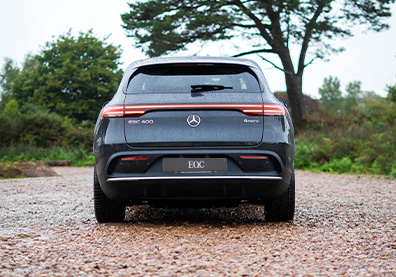We use cookies to make your experience better. To comply with the new e-Privacy directive, we need to ask for your consent to set the cookies. Learn more.


Electric Car Dictionary
The arrival of electric vehicles has been accompanied by a range of new terms, acronyms, and jargon, and we’re here to help you make sense of it all.
BEV
BEV stands for Battery Electric Vehicle, which are fully electric vehicles, meaning they don’t have a combustion engine. They’re driven by an electric motor which is powered by a rechargeable battery.
Charging speed
This refers to the time it takes to charge an electric car from empty to full. Most drivers choose to top-up charge rather than waiting to recharge from empty to full. The bigger the battery and the slower the charging point, the longer it takes to charge from empty to full.
Driving range
Driving Range describes the distance an EV can cover on a single full charge of the battery. It’s similar to the mile range for a full tank of fuel.
Fast charger
Fast Chargers are the UK’s most common type of charge-point found in public. They charge faster than a standard home charging wallbox, making them a popular choice for top up
Horsepower
The measurement of power output of an engine or motor, which can also be given in kilowatts for an electric motor.
kW
Kilowatts are a measurement of electrical power, roughly equivalent to 1.36 horsepower.
kWh
There are 1000 Watts per hour, which is the measure of the output of power.
LEV
LEV stands for Low Emissions Vehicle, which describes vehicles that are powered by an electric motor, whether fully or partially.
Mild Hybrid
Mild hybrids also have a small electric motor, but unlike full hybrids, it is solely used to assist the petrol engine. The car cannot drive on battery power alone.
Plug-in Hybrid
Hybrid vehicles have an internal combustion engine alongside an electric motor powered by a battery. Once the battery range has been used, the technology switches to the internal combustion engine.
Range anxiety
The fear of running out of charge while driving an electric vehicle.
Rapid charger
Found on motorways or A roads, they’re public charge points that provide the quickest charge of your vehicle. Typically used for top up charging or charging your vehicle on a journey while at service stations.
Regenerative braking
Regenerative braking helps save fuel, by acting as a mini-generator when the vehicle slows down, storying kinetic energy in the battery to help you travel further.
